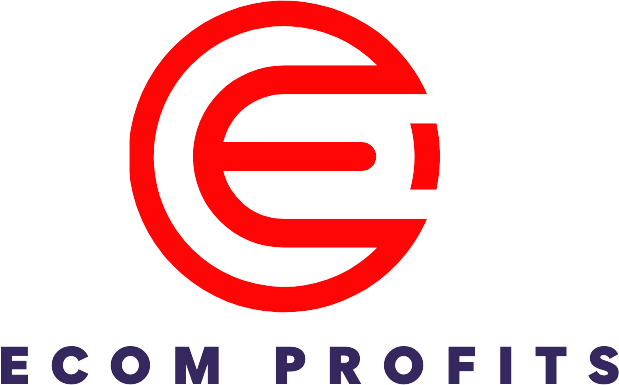The recruiting process can be challenging for employers and recruiters. For example, they may have difficulty finding qualified candidates, or they may receive too many applications. They may also have trouble communicating with candidates. Keep reading to learn more about the challenges of the recruiting process.
The Complicated Planning Process

Recruitment planning is the process of developing and implementing a plan to identify and attract qualified candidates to fill job openings within an organization. This process can be made easier by using a recruitment platform. For example, Untapped.io is a platform for recruiters to find talent and for candidates to find jobs in technology and finance.
An effective recruiting plan typically includes the following steps:
Establishing recruitment goals – The first step in the planning process is to establish specific recruitment goals. These goals might include increasing the number of qualified applicants, reducing the time it takes to fill open positions, or hiring a certain number of new hires.
Determining selection criteria – Once the recruitment goals have been established, the next step is to determine what selection criteria will be used to evaluate candidates. Selection criteria might include factors such as education, experience, skills, or qualifications.
Developing a recruiting strategy – Once the selection criteria have been determined, the next step is to develop a recruiting strategy that will help attract qualified candidates. This strategy might include advertising open positions online or in newspapers or magazines, conducting job interviews, or using social media platforms to recruit potential employees.
Implementing the recruiting strategy – Once the recruiting strategy has been developed, it needs to be implemented in order to start attracting qualified candidates for open positions within the organization. This might involve creating job postings online or in newspapers and magazines, setting up interview schedules, and using social media platforms to reach out to potential employees.
Evaluating results – Finally, once the recruiting process has been implemented, it’s essential to evaluate how well it worked by comparing actual results against original goals.
The Challenge of Determining Qualifications

The challenge of determining qualifications is that the skill requirements are often not explicitly stated in the job posting. The recruiter has to read between the lines and determine what type of candidate the company is looking for. In addition, the recruiter needs to be able to assess whether or not the candidate meets all of the qualifications. There are times when a company will list certain qualifications as “preferred” rather than “required.” This can make it difficult for the recruiter to know how important they are.
The Challenges Associated With Recruiting for Hard To Fill Positions
The challenges associated with recruiting for hard-to-fill positions usually boil down to a few main issues. Sometimes the job requirements are very specific, making it difficult to find someone with all of the education and skills needed. Other times, the location of the job or the company’s salary expectations may be prohibitive for potential candidates. And finally, some jobs are simply difficult to sell because they are not seen as high-profile or exciting opportunities.
In order to overcome these challenges, recruiters need to be creative and proactive in their search for qualified candidates. They may need to cast a wider net when looking for potential employees, reaching out to different networks or sources of talent. Additionally, they should consider adjusting the job requirements or salary expectations to make the position more attractive to potential candidates.
The Challenges of Recruiting Top Talent
Organizations face certain challenges when trying to recruit top talent. One of the main challenges is that organizations often do not have a clear understanding of what they are looking for in a candidate. Additionally, many organizations struggle to identify and assess the skills required for the role they are trying to fill. Furthermore, there can be stiff competition for top talent, and organizations need to be able to sell themselves in order to attract candidates. Finally, once a candidate is identified, the organization needs to be able to successfully onboard them.
The Challenges of Screening Candidates
Screening candidates can be a difficult part of the recruiting process. One challenge is that there are often more qualified candidates than there are open positions. This makes it difficult to determine who to interview and ultimately hire. Another challenge is that not all job skills are easily measurable. For example, a candidate may have strong communication skills, but these skills may not be evident from their resume or job application. Finally, it can be difficult to assess a candidate’s cultural fit with an organization.
In a nutshell, the challenges of the recruiting process are important because the search for new talent can make or break a company. If a company cannot find the right employees, it will not succeed.

